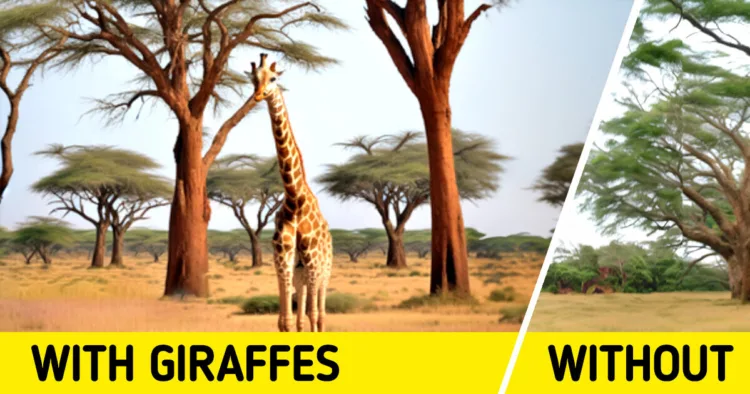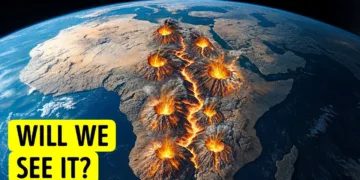Currently, telltale signs suggest that we could have a crisis on our hands – the alarming decrease in giraffe populations. Surveys show that numbers of giraffes, particularly the Western African, Kordofan, and Nubian species, have plunged by an astounding 77%, with estimates putting the count at just 5,919 individuals. Never before have giraffes been closer to extinction. This article seeks to shed light on the precarious circumstances facing this iconic animal, the wider ramifications to the earth should giraffes cease to exist, and potential intervention measures to curb this worrying trend.
1The Looming Endangered Status of Giraffes
What precipitates this disheartening decline in giraffe numbers? Several factors are chiefly responsible. Among them are habitat loss, rising human population, poaching, and civil strife. As human society has progressed and expanded, it has spelled dire consequences for giraffes, whose habitats are being eroded away. This leads them to spaces fraught with danger, like risks of electrocution. Moreover, the illegal bushmeat trade has driven up poaching activities, with giraffes often being caught in snares meant for prey.
The profitability of giraffes and other priceless African wildlife has only served to attract more poachers. Notably, giraffe bone carvings–over 20,000 of them in the last three decades–find their way to the U.S. every single day. Furthermore, American hunting enthusiasts frequently venture to Africa aiming to bag giraffes and invariably return home with giraffe remains, particularly skulls and cervical vertebrae.
In 2017, a number of conservation bodies led by the Humane Society unveiled plans to take the U.S. Fish and Wildlife Service to court. Their contention? Giraffes needed protection under the Endangered Species Act since their numbers were dwindling rapidly. Following a 12-month review ending in 2019, federal wildlife officials conceded to the possibility of cataloguing giraffes as an endangered species. However, groups like the Safari Club International, an organization advocating for hunting, protested that such a measure would only deter hunting activities that generate profits and motivate hunting enthusiasts.
2Which Giraffe Species are Most at Risk?
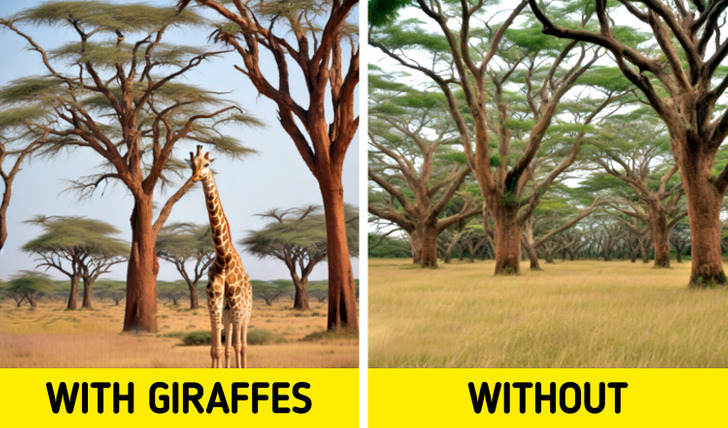
A worldwide crisis is quickly unfolding as global giraffe populations continue to diminish. At present, approximately 110,000 giraffes remain. This is a sharp 30% drop from the 1980s, and the situation could worsen unless concerted action is taken. Regrettably, some species are experiencing more significant population declines than others. The reticulated giraffe of northern Kenya, for instance, has seen its numbers dwindle by 50-80% since the 90s.
The most severe population decreases have been among the Western African, Kordofan, and Nubian giraffes, with their numbers plummeting from an estimated 25,653 to just 5,919. This represents a staggering drop of 77% since 1985. The reticulated and Masai giraffes in West Africa are also in grave danger.
Despite these compelling facts, none of these giraffe species are officially registered as endangered. It’s baffling that despite consistent pressure from environmental and animal welfare groups on federal authorities since 2017 to offer protection to giraffes, the response has been agonizingly slow. Responses to public comments are still being collected today, with a decision only earmarked for the close of 2025.
3The Broader Implications of Giraffe Extinction
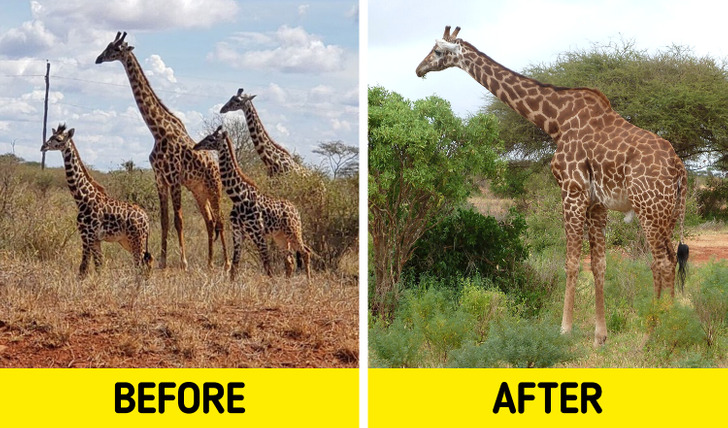
The extinction of giraffes would not only signify the loss of a universally cherished animal species, but would also precipitate detrimental changes to African ecosystems. Giraffes, due to their extraordinary height, feed on vegetation beyond the reach of other herbivores. This allows plants at lower levels to flourish, ensuring a stable food supply for smaller animals. Moreover, some plant species, in particular the acacia tree, are dependent on giraffes for the dissemination of their seeds, a crucial step for successful germination. Additionally, their towering height makes them effective lookouts for potential threats, thereby helping to preserve the overall well-being of the animal community around them.
4The Plight of Other Species
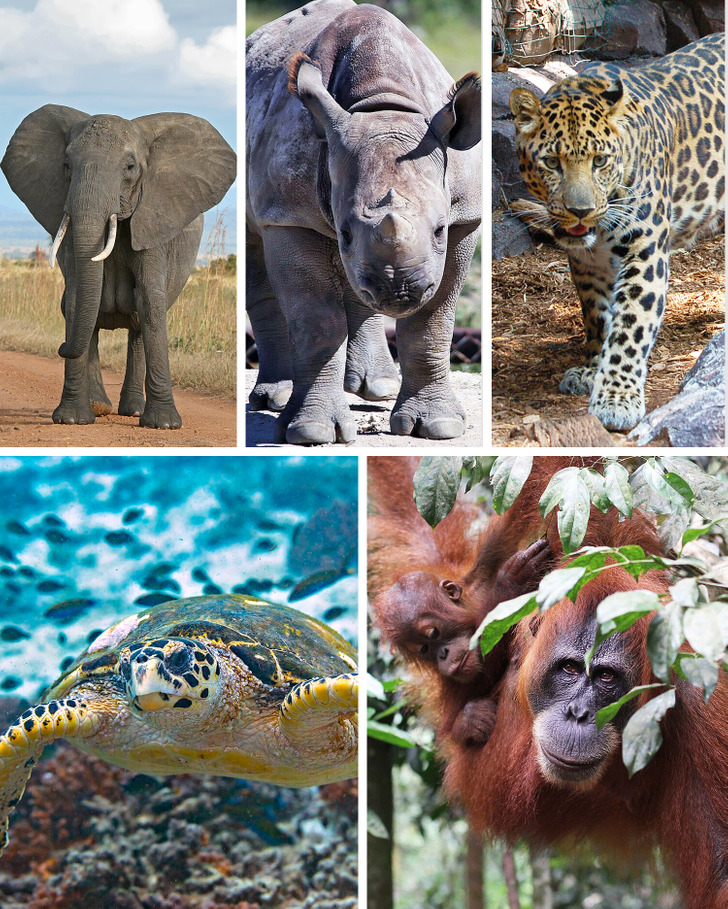
Presently, it’s not just giraffes that are under threat. There are an estimated 46,300 species in peril of extinction, and their numbers are escalating. Prior to complete extinction, species are designated different statuses, from Least Concern (LC) through Near Threatened (NT), Vulnerable (VU), Endangered (EN), Critically Endangered (CR), Extinct in the Wild (EW), to finally, Extinct (EX). The pressing question is this: which species are teetering on the edge of extinction?
Numerous species have vanished, succeeded by their evolved, modern-day kin. Hyenas, for instance, are quite different from their primordial relatives. To get more insight, learn how animal species have evolved over time.
